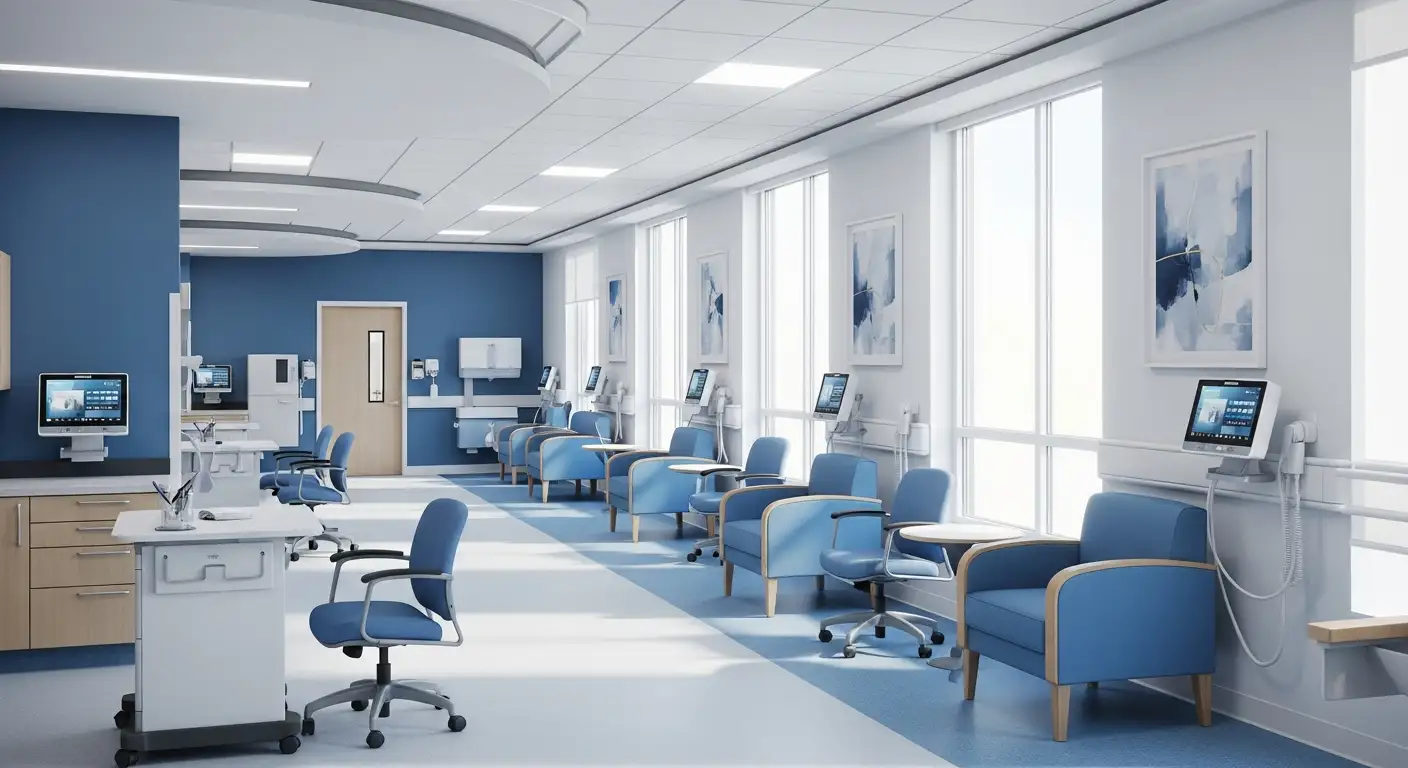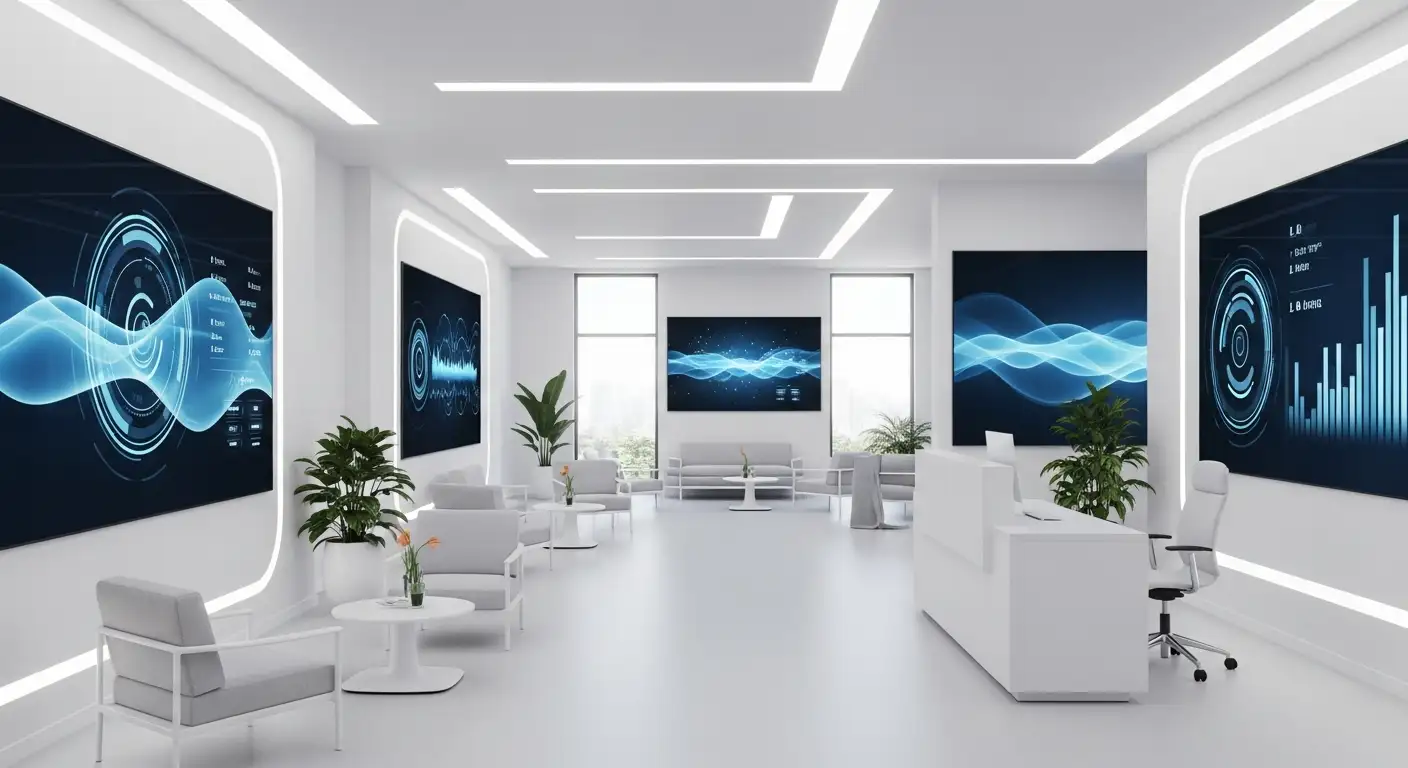The Rise of Remote Wellness Monitoring Tools

An Overview of Remote Wellness Monitoring's Evolution
The healthcare industry has witnessed a paradigm shift with the advent and rapid expansion of remote wellness monitoring tools. From their origins in the 1960s, these technologies have evolved into sophisticated systems integrated with AI, wearables, and IoT devices, revolutionizing patient care, optimizing clinical workflows, and improving health outcomes worldwide. This article explores the development trajectory, current technological advancements, clinical applications, challenges, and future prospects of remote health monitoring.
Historical Development and Technological Evolution of Remote Monitoring

What is remote patient monitoring and how does it work?
Remote patient monitoring (RPM) involves using digital medical devices to gather and send health data from patients outside traditional clinical environments directly to healthcare providers. These devices—such as blood pressure monitors, glucose meters, pulse oximeters, wearable fitness trackers, and ECG systems—collect vital signs like heart rate, blood pressure, blood sugar, and oxygen saturation. They transmit this information via internet, Wi-Fi, or Bluetooth to electronic health records (EHRs) in real-time or asynchronously.
RPM enables continuous oversight of a patient’s health, allowing clinicians to detect early signs of deterioration, manage chronic diseases effectively, and intervene promptly when necessary. Patients benefit from increased engagement and self-management, while providers can make more informed, personalized decisions without the patient needing to visit a clinic frequently. This approach supports preventive care, reduces unnecessary hospital visits, and improves overall health outcomes.
Early remote monitoring initiatives in the 1960s and 1970s
The concept of remote health monitoring has roots stretching back nearly 150 years. In 1961, NASA pioneered remote health monitoring by tracking astronaut health during space missions, setting the foundation for telemedicine. In the 1960s, hospitals started transmitting neurological and psychiatric examinations via closed-circuit television, pioneering telehealth technologies.
The early 1970s saw the development of the first formal remote monitoring programs, notably at the Papago Indian Reservation in Arizona, where EKGs and other vital signs were sent over phone lines to remote hospitals. These initial efforts demonstrated the potential to improve patient care through distance monitoring, especially in underserved and rural areas.
Integration of digital and wireless technologies over time
The advent of the internet in 1983 and subsequent wireless communication technologies in the 1990s revolutionized remote monitoring. Wireless internet and Wi-Fi enabled continuous data transmission, making RPM devices smaller, more portable, and easier to use. Additionally, the miniaturization of sensors led to wearable devices such as sports watches with heart rate monitors and basic EKG capabilities.
The 2000s saw exponential growth in digital health solutions, with more sophisticated devices capable of transmitting comprehensive health data in real-time. The industry benefited from advances in mobile technology, cloud computing, and secure data encryption, which collectively strengthened the foundation for scalable RPM systems.
Emergence of wearable devices and IoT connectivity
Today, wearable health devices—like smartwatches, fitness trackers, and ECG patches—are commonplace. These Internet of Things (IoT) connected devices continuously monitor vital signs and activity levels, providing both patients and clinicians with real-time health insights. Wearables can track movement, sleep, heart rhythm, and other health metrics over extended periods.
Such devices are integrated with mobile apps and cloud platforms, allowing seamless data sharing and remote monitoring. Their use has become especially prominent during the COVID-19 pandemic, facilitating remote management of infectious and chronic diseases. Advances in IoT connectivity have made RPM more accessible, personalized, and scalable.
Role of AI and machine learning in data analysis and predictive analytics
The future of RPM is heavily influenced by artificial intelligence (AI) and machine learning. These technologies analyze vast streams of patient data to identify patterns, predict health outcomes, and support clinical decision-making. AI algorithms can classify patient phenotypes, forecast potential deteriorations, and suggest personalized interventions.
Regulatory bodies like the FDA now approve wearable devices with integrated AI for medical purposes, signaling increasing clinical adoption. In clinical trials, wearable technology combined with AI helps detect conditions like atrial fibrillation more efficiently.
Overall, these technological innovations are expected to enhance the accuracy, predictive ability, and personalization of remote healthcare, making RPM an indispensable element of modern medicine.
Current Trends, Market Growth, and Technological Advancements
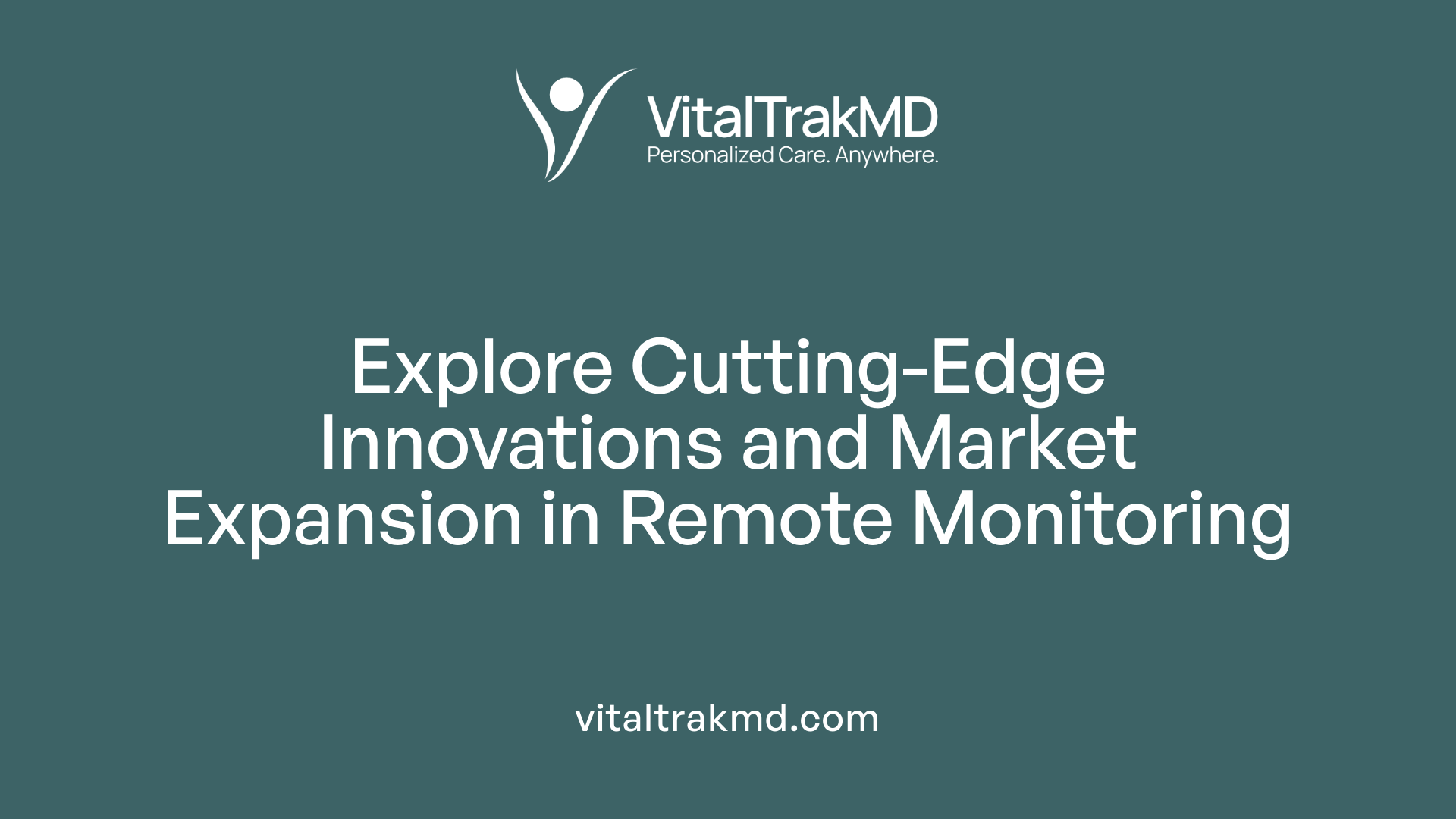
What are the current trends and technological advancements in remote health monitoring?
Remote health monitoring is rapidly evolving, driven by new technologies like wearables, Internet of Things (IoT) devices, and sophisticated connectivity solutions such as 5G. These advancements enable the continuous collection of vital data, from blood pressure and blood glucose to activity levels and sleep patterns, in real-time.
The market for remote patient monitoring (RPM) and wearable health devices is expanding significantly. In 2023, the industry was valued at around $14 billion and is projected to grow at approximately 20% annually, reaching over $42 billion by 2028. The COVID-19 pandemic accelerated this growth, pushing adoption of RPM tools for symptom tracking, chronic disease management, and hospital-at-home models.
Technological progress in artificial intelligence (AI) and machine learning is transforming data analysis. These tools help predict health outcomes, classify patient risk profiles, and personalize care plans, leading to early interventions and better health results.
Integration of IoT technology allows devices like smartwatches, ECGs, pulse oximeters, and blood pressure monitors to communicate seamlessly with healthcare systems. This connectivity ensures ongoing monitoring outside clinical settings and supports proactive care.
Expansion into new clinical areas, such as mental health and pediatric care, is broadening the scope of remote monitoring. Devices now track activity, sleep, and vital signs tailored to specific populations, enabling targeted interventions.
Moreover, policy reforms and reimbursement enhancements—such as changes in the US Medicare and Medicaid programs—are making RPM solutions more financially viable for providers and patients. Regulatory bodies like the FDA are also approving more wearable devices for medical uses, boosting clinical adoption.
These technological and legislative developments are collectively creating a more connected, efficient, and patient-centered healthcare ecosystem, poised to reshape how care is delivered and experienced.
Impact on Healthcare Delivery, Patient Care, and System Efficiency
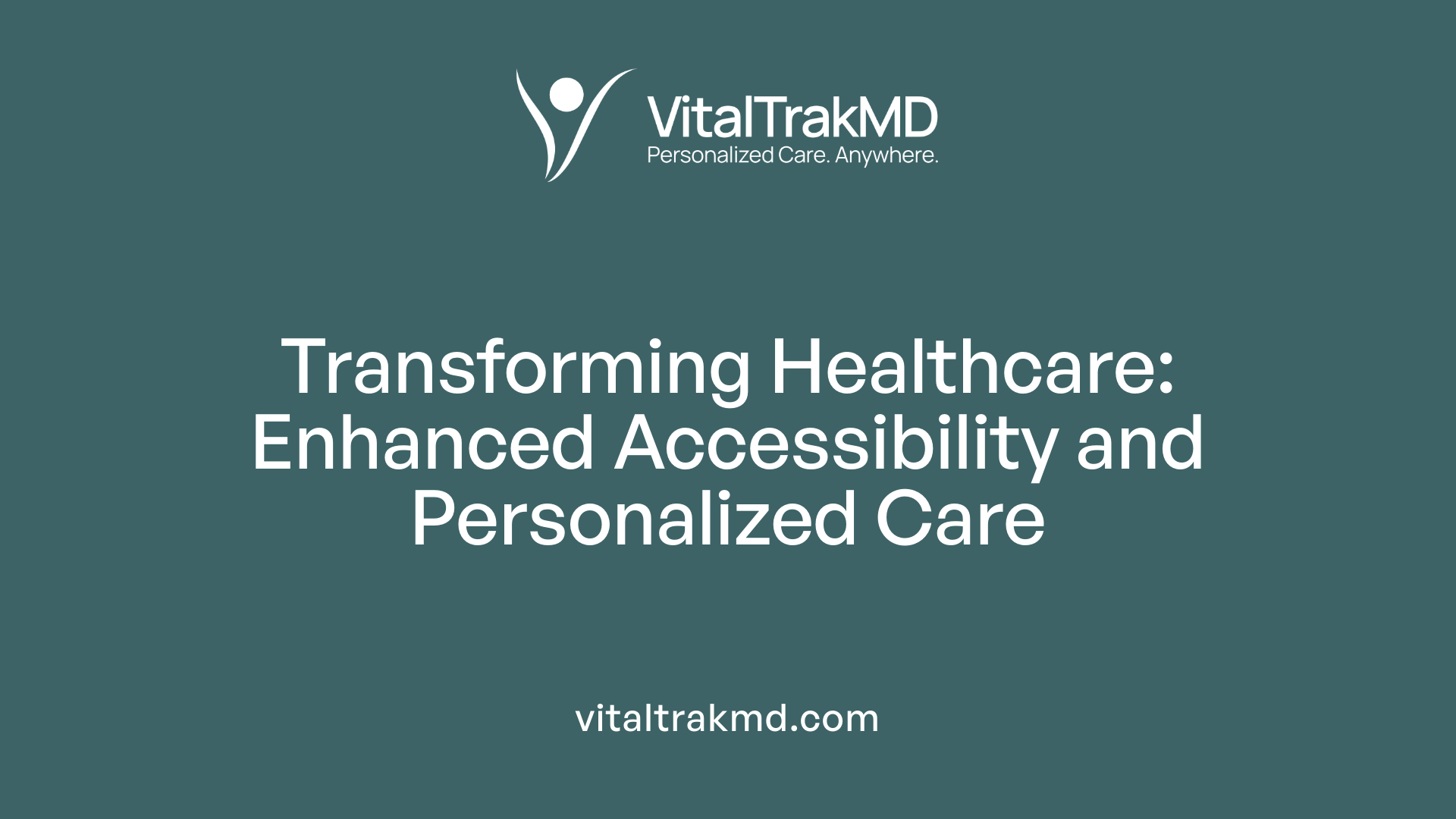
How are remote wellness tools impacting healthcare delivery and health management?
Remote wellness tools, including remote patient monitoring (RPM) and telehealth platforms, are revolutionizing how healthcare is delivered and managed. These technologies enable continuous collection and transmission of vital health data such as blood pressure, blood sugar, heart rate, and oxygen saturation. This real-time data access allows clinicians to monitor patients’ health conditions remotely, facilitating early detection of potential issues before they worsen.
By promoting prompt interventions, remote tools help prevent unnecessary hospital visits and readmissions, significantly improving system efficiency. They support personalized treatment plans tailored to individual health trends, empowering patients to take an active role in their health through education and self-management tools.
This shift toward technology-assisted care improves access—especially for rural or underserved communities—by reducing geographical barriers and scheduling burdens. It also fosters better communication between providers and patients, resulting in higher satisfaction rates and increased engagement.
However, integrating these digital solutions comes with challenges such as ensuring patient data security, overcoming technological barriers, and managing large volumes of data efficiently. Developing secure, user-friendly devices and systems, along with active patient participation, remains crucial.
Overall, remote wellness tools significantly enhance healthcare accessibility, streamline clinical workflows, and support more proactive health management—driving better outcomes and system sustainability.
Challenges, Safety, and Ethical Considerations
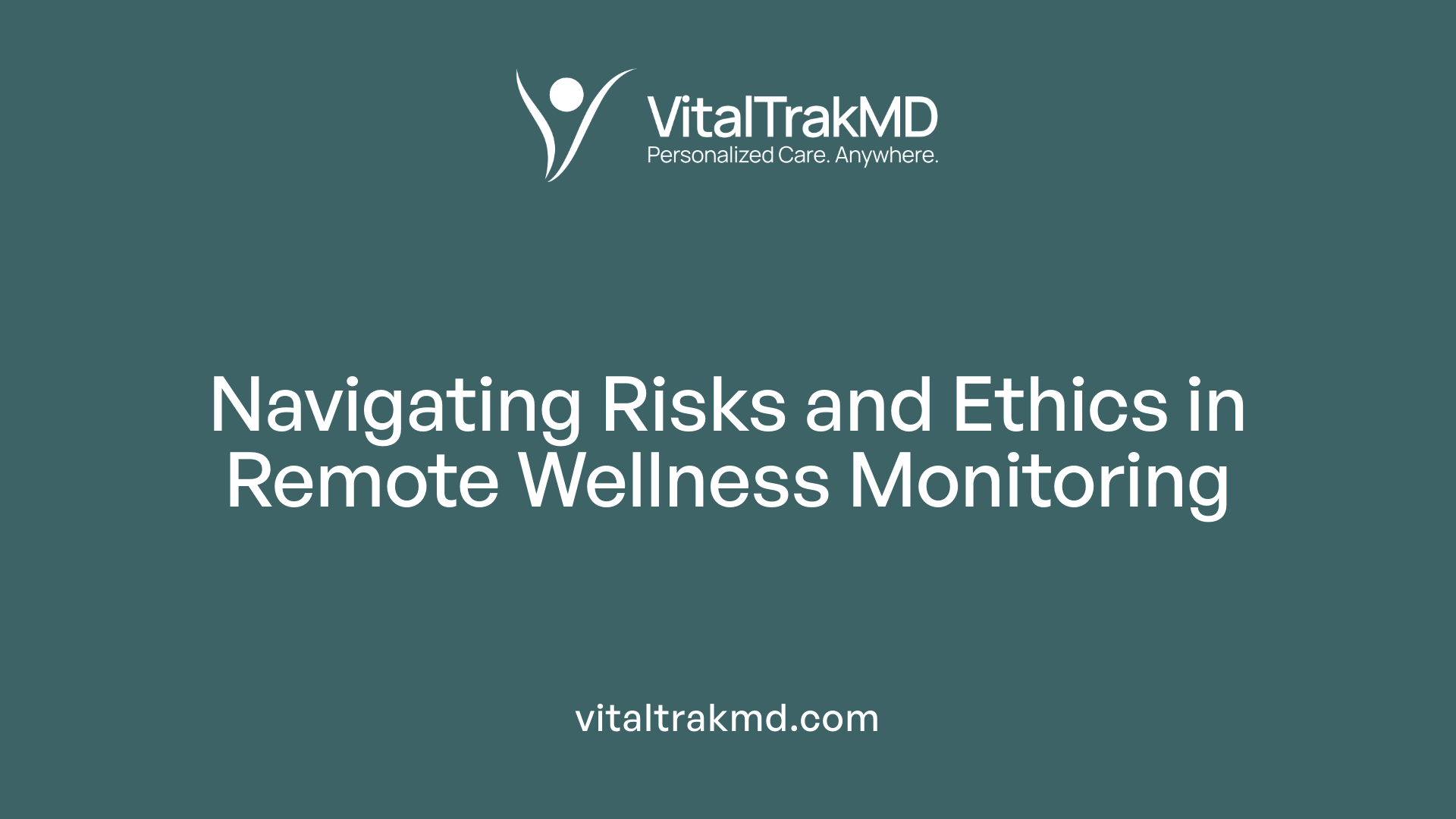
What are the challenges and safety considerations associated with remote wellness monitoring?
Implementing remote wellness monitoring presents several challenges. One major concern is safeguarding data privacy and security. Patient health data transmitted via digital devices must comply with regulations such as HIPAA, requiring encryption and secure storage practices to prevent breaches.
Another challenge is ensuring the accuracy and reliability of the devices used. Poorly calibrated or low-quality devices can generate false or inconsistent data, which may lead to misdiagnosis or inappropriate treatment decisions.
Technological disparities also pose significant hurdles. Not all patients have access to high-speed internet or possess the digital literacy required to effectively use RPM devices. This digital divide can limit the reach and effectiveness of remote monitoring programs.
Operationally, integrating large volumes of real-time data into existing clinical workflows is complex. Healthcare providers need systems capable of filtering essential information without causing overwhelm, so they can respond promptly to significant health changes.
Safety considerations extend to managing false alarms and misinterpretation of data. False positives might cause unnecessary anxiety or interventions, while false negatives could delay critical care. Rigorous device validation, ongoing quality checks, and clear protocols for response are vital.
Additionally, there are ethical concerns about patient autonomy and consent, especially regarding continuous monitoring and data sharing. Efforts should focus on transparent communication about data use and empowering patients in their health decisions.
To address health inequities, designing accessible devices and outreach programs is essential. This includes considering language barriers, simplifying device operations, and providing education to ensure all patient populations can benefit from remote wellness technologies.
In summary, while remote wellness monitoring offers promising benefits, it requires careful attention to cybersecurity, device fidelity, patient engagement, and equitable access to ensure it is safe, ethical, and effective.
Future Outlook, Policy Environment, and Market Projections
The future of remote health monitoring (RPM) is set to become increasingly integrated into mainstream healthcare, powered by technological innovations and supportive policies.
Emerging innovations such as AI-driven predictive analytics are enhancing the ability of RPM systems to forecast health issues before symptoms appear. Multi-parameter wearables are now capable of tracking vital signs like blood pressure, heart rate, oxygen saturation, and activity levels simultaneously, providing a comprehensive picture of a patient's health.
The global market for RPM solutions is expected to soar, with estimates indicating it will reach tens of billions of dollars by 2028. Current projections suggest a compound annual growth rate (CAGR) of around 20%, fueled by increased adoption and ongoing technological advancements.
Policy reforms continue to favor the expansion of RPM. Many regions, including the US, are improving reimbursement structures and promoting interoperability standards to facilitate seamless data sharing among healthcare systems. As a result, more providers are equipped to incorporate RPM into routine care.
Efforts are underway to expand RPM access in underserved and rural communities, where traditional healthcare access remains limited. Innovations such as low-cost devices, improved broadband infrastructure, and targeted government programs aim to bridge these gaps and promote health equity.
Looking ahead, RPM is poised to support more personalized and proactive healthcare models. The integration of wearable data with AI algorithms will enable early detection of chronic conditions and acute episodes, allowing for timely interventions.
Moreover, RPM will play a crucial role in hospital-at-home programs, tele-specialty consultations, and population health management. This will lead to improved patient outcomes, reduced healthcare costs, and increased patient engagement.
In summary, ongoing advancements in digital health, coupled with evolving policies, will position RPM as a foundational element in future healthcare systems. It promises to foster a shift towards personalized, accessible, and preventive care that aligns with the goals of value-based healthcare.
Embracing a New Era in Healthcare
As remote wellness monitoring tools continue to evolve and integrate into mainstream healthcare, they promise a future where personalized, proactive, and accessible care becomes the standard. Advances in AI, IoT, and digital health devices are set to enhance patient outcomes, reduce costs, and expand healthcare equity, especially in underserved areas. The ongoing efforts in refining policies, improving technological infrastructure, and addressing safety concerns will pave the way for a resilient, innovative healthcare ecosystem. Embracing this technological revolution is crucial for providers, patients, and policymakers committed to shaping a healthier future.
References
- Benefits and Challenges of Remote Patient Monitoring as Perceived ...
- The rise of remote patient monitoring ? what?s next?
- 27 Remote Patient Monitoring Statistics Every Practice Should Know
- The Future of Wearable Technologies and Remote Monitoring in ...
- 15 Fast Facts About Remote Monitoring in 2024 - Tenovi
- A systematic review of the impacts of remote patient monitoring ...
- 5 Remote Patient Monitoring Trends to Watch for in 2023
Recent articles
Want to Feel Better and Live Healthier?
Join hundreds of patients taking control of their health with personalized care that fits their life – not the other way around.
Rated 4.8/5 by 32+ customers



